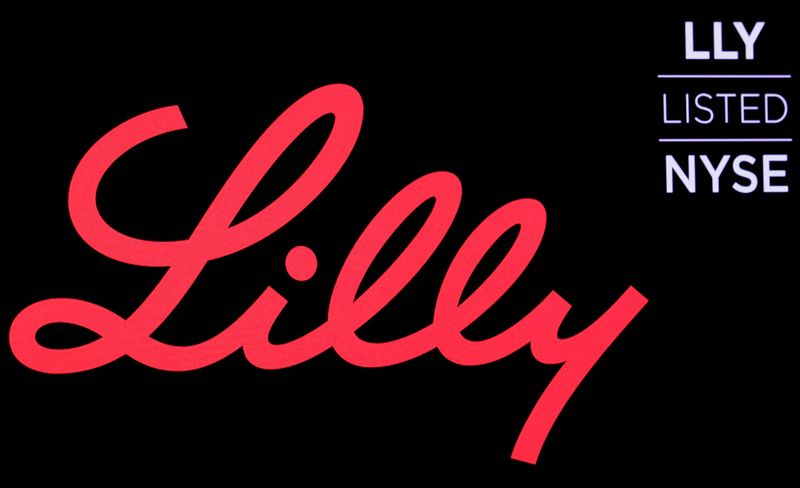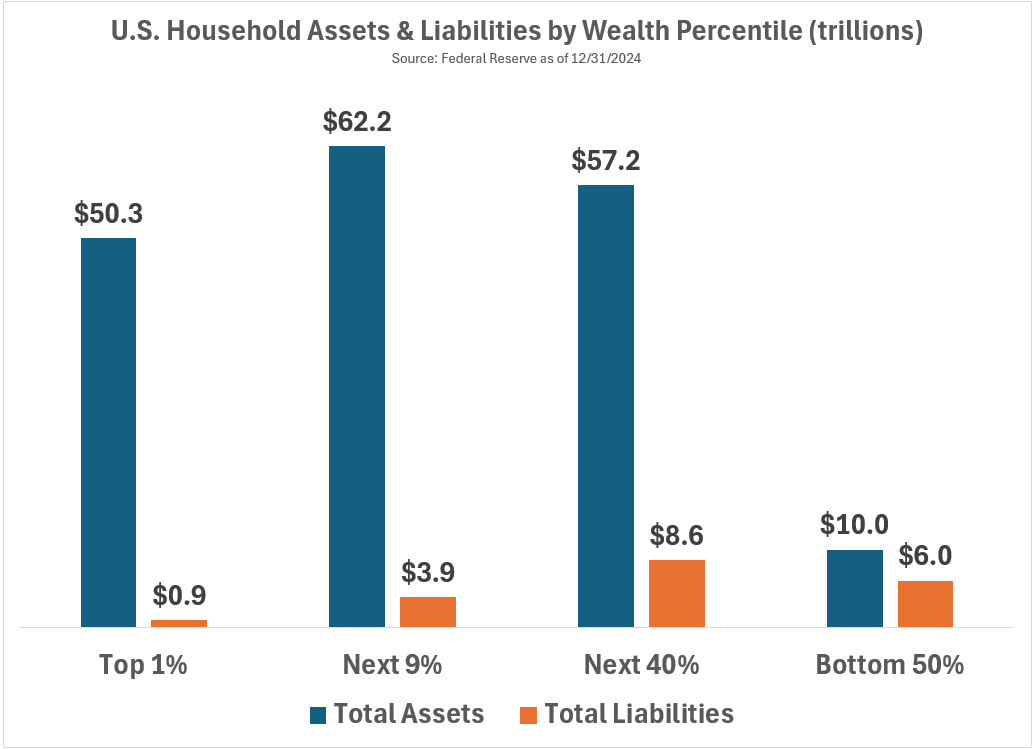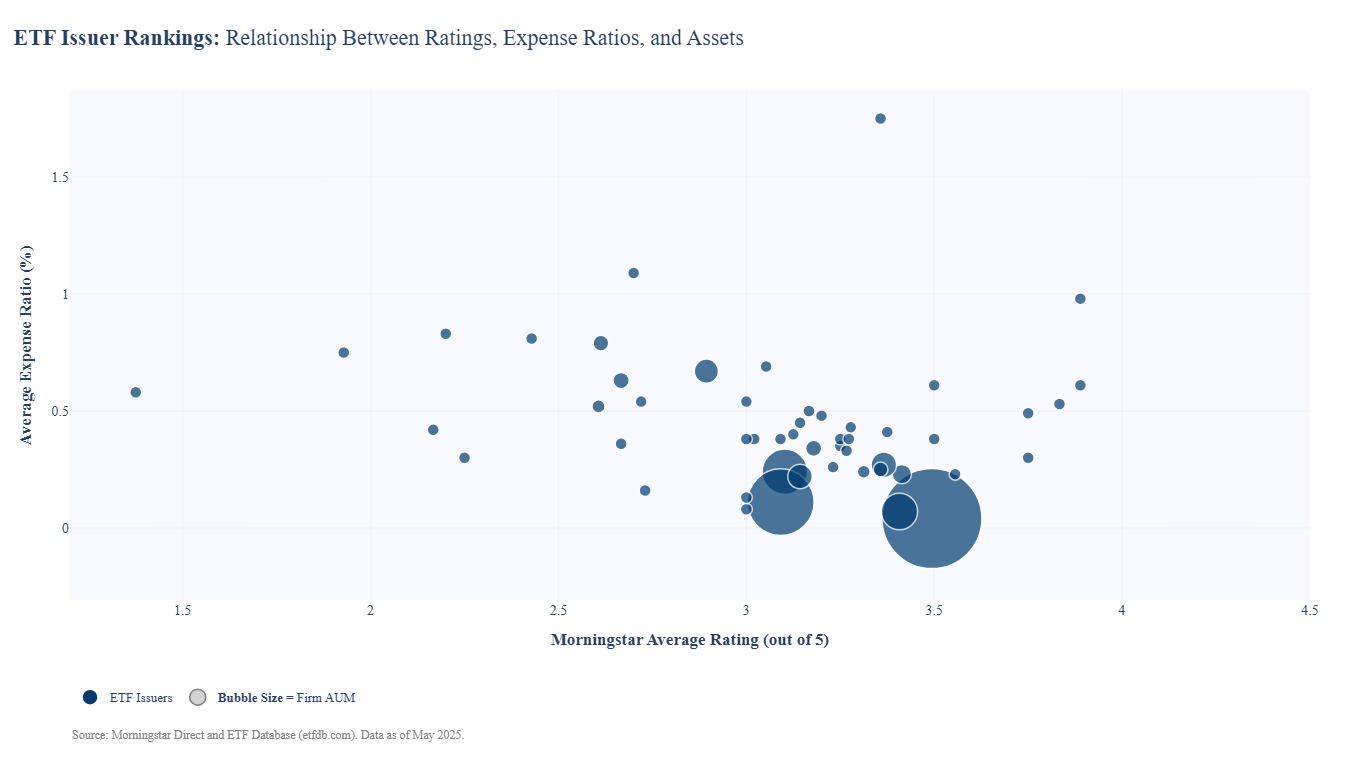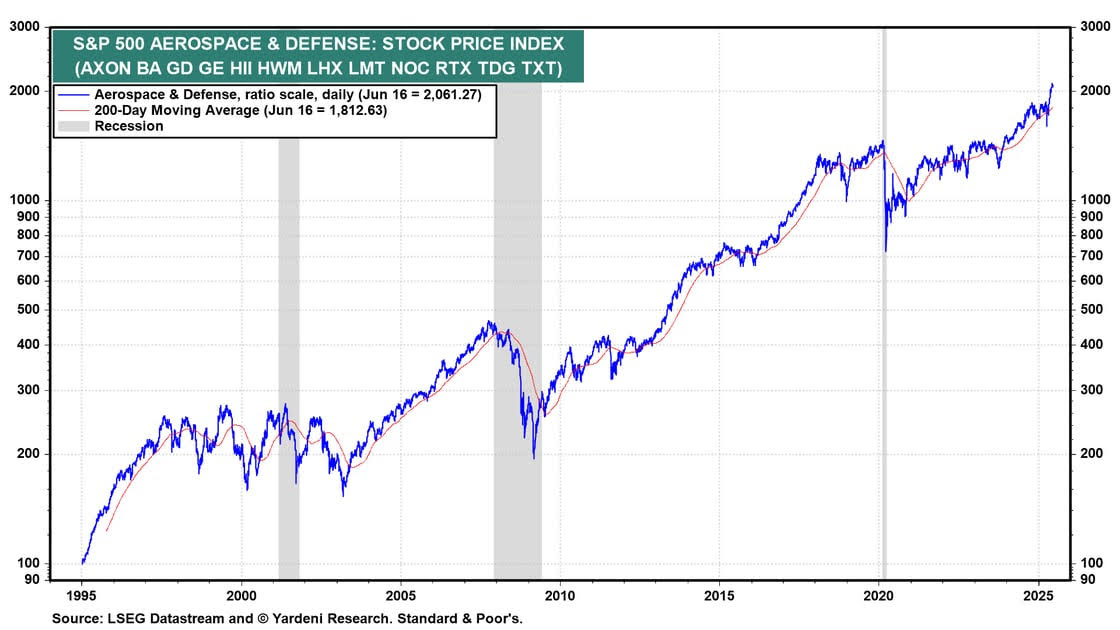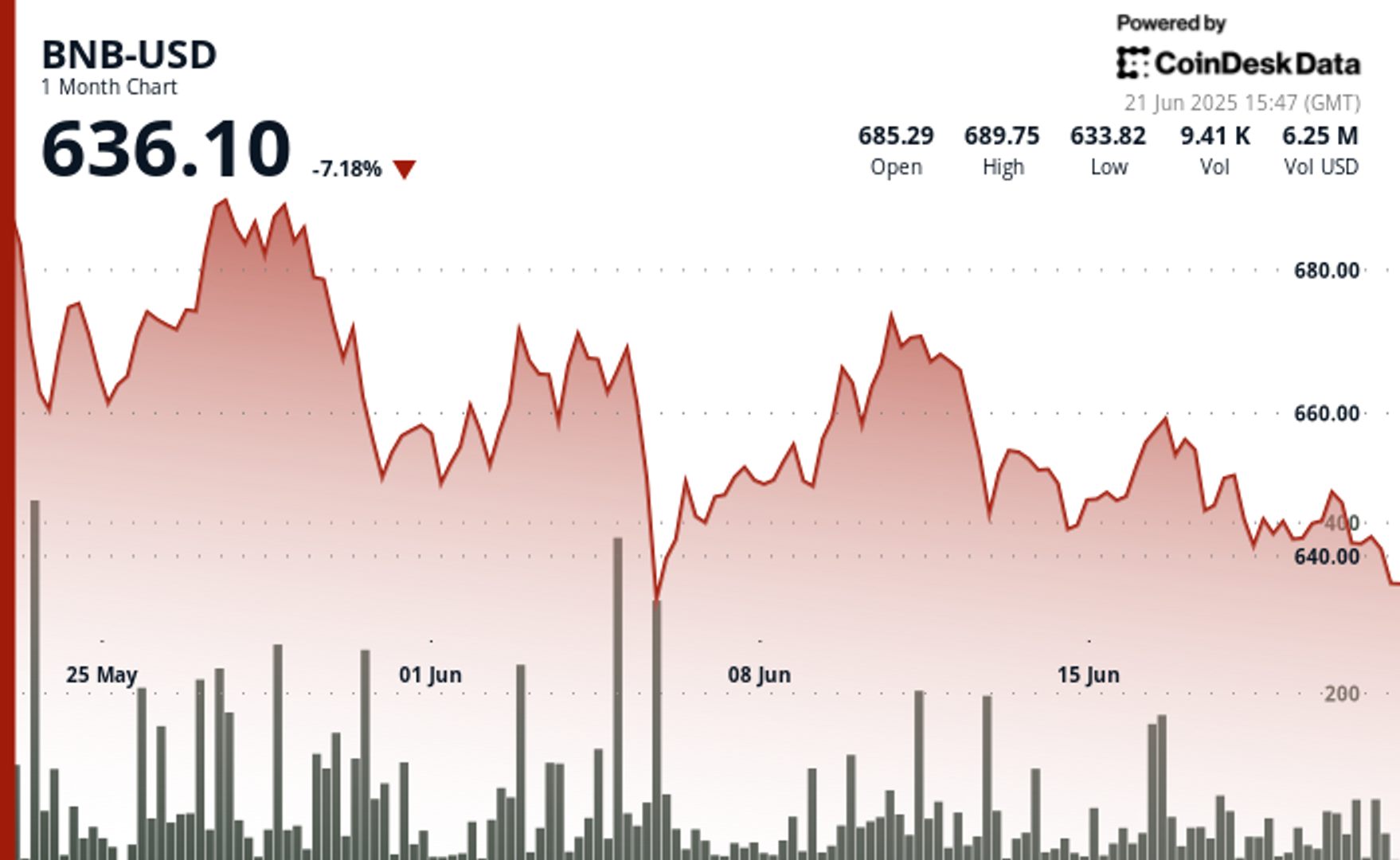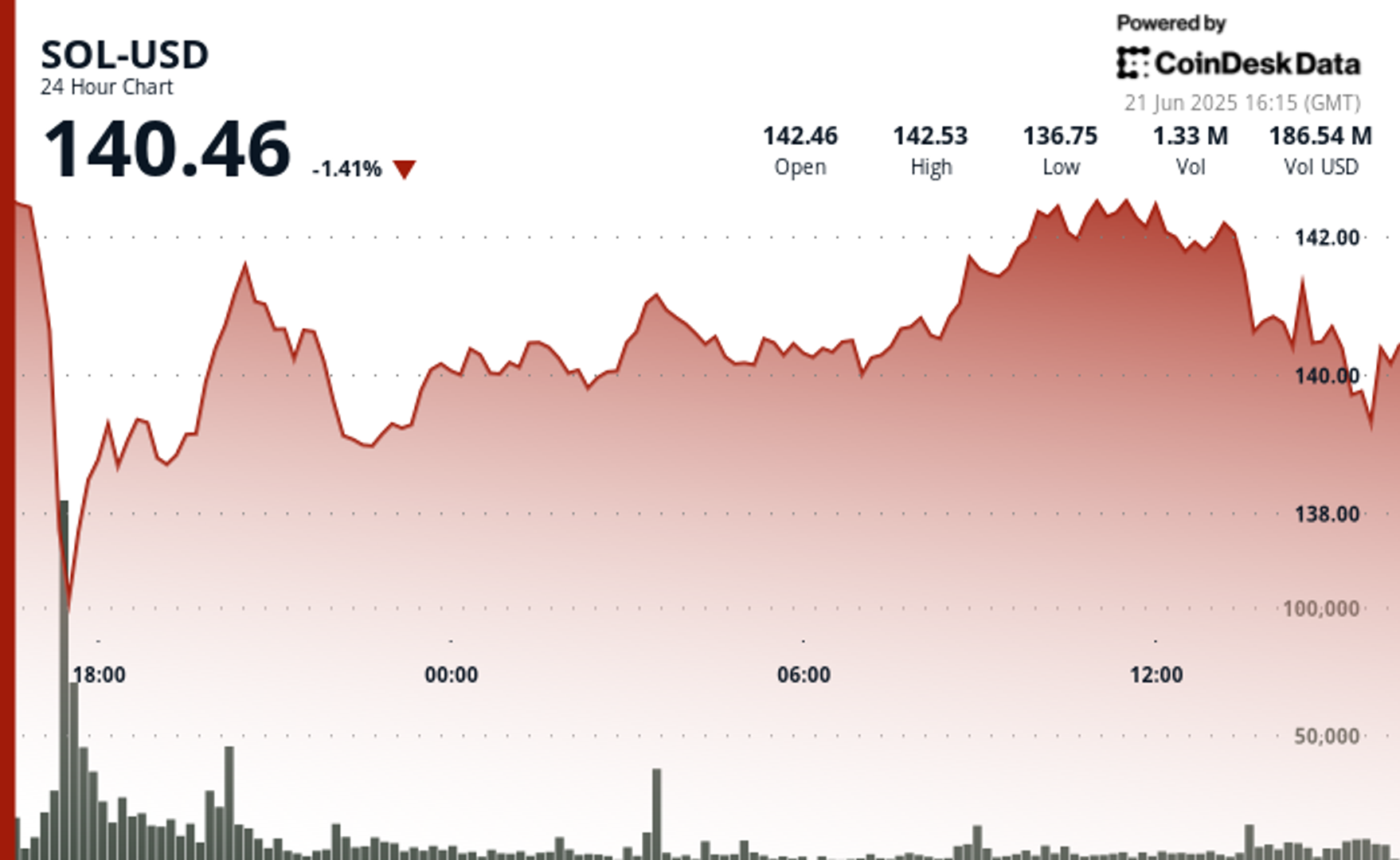High-Yield Dividend Stocks Down Over 10%: 1 to Buy and 1 to Avoid
Dividend Investing: High-Yield REITs in Focus High-yield dividend stocks are a magnet for investors seeking steady income and portfolio stability, offering robust cash flows to counter market volatility. In today’s uncertain economy, with the economy slowing and interest rates elevated, dividend investing shines by delivering reliable payouts that can be reinvested for compounding growth. High-yield […] The post High-Yield Dividend Stocks Down Over 10%: 1 to Buy and 1 to Avoid appeared first on 24/7 Wall St..

Selecting one REIT with a resilient business model over another with structural weaknesses is key for capitalizing on high yields and long-term growth.
Sit back and let dividends do the heavy lifting for a simple, steady path to serious wealth creation over time. Grab a free copy of “2 Legendary High-Yield Dividend Stocks” now.
Key Points in This Article:
Dividend Investing: High-Yield REITs in Focus
High-yield dividend stocks are a magnet for investors seeking steady income and portfolio stability, offering robust cash flows to counter market volatility. In today’s uncertain economy, with the economy slowing and interest rates elevated, dividend investing shines by delivering reliable payouts that can be reinvested for compounding growth.
High-yield stocks, particularly real estate investment trusts (REITs), are prized for their mandated high distributions, often yielding 5% or more, far above the S&P 500’s 1.3% average. However, not all high-yield REITs are equal. Some boast sustainable payouts backed by strong fundamentals, while others risk cuts due to economic pressures like slowing housing markets or high borrowing costs. Choosing wisely means prioritizing quality, with low debt and resilient revenue streams.
Below are two high-yield dividend REITs, both down over 10% from their 52-week highs, offering tempting yields. Yet, only one is a smart buy, with a business model built to thrive, while the other’s structure falters in today’s challenging environment. Investors should scoop up the former and steer clear of the latter.
Realty Income (O): The REIT to Buy
Realty Income (NYSE:O), dubbed “The Monthly Dividend Company,” is a blue-chip REIT with a 5.6% yield at $57.18 per share, down 12% from its 52-week high of $64.70 per share. Its 660 consecutive monthly dividends and 30 years of increases, along with a $0.2690 per share payout, reflects the REIT’s reliability. Realty Income is also backed by a 75% payout ratio and $937.7 million in first-quarter funds from operations (FFO), 19% year-over-year.
Focusing on commercial properties, Realty Income leases to recession-resistant tenants like Walmart (NYSE:WMT) and Dollar General (NYSE:DG) across 15,600 properties, boasting a 98.5% occupancy rate.
Revenue grew 9.5% to $1.38 billion in the period, fueled by $1 billion in acquisitions. Its diversified portfolio — spanning retail, industrial, and gaming — shields it from housing market slowdowns, while long-term leases (average 9.1 years) ensure stable cash flows.
Analysts project 5% FFO growth through 2026, with a $62 per share price target, implying 9% upside. Risks include rising interest rates that could increase borrowing costs and retail sector shifts, but Realty Income’s low 0.7x debt-to-equity ratio, low leverage, and tenant quality help offset these risks.
While Its forward P/E of 39x is above the sector median of 31x, Realty Income’s resilient model and monthly payouts make it a high-yield gem to buy now.
Annaly Capital Management (NLY): The REIT to Avoid
Annaly Capital Management (NYSE:NLY) is a mortgage REIT offering a tempting 13.9% yield at $19.13 per share, down 13.5% from its 52-week high of $22.11 per share. Yet it’s a high-yield trap to avoid.
Unlike Realty Income, which thrives on commercial property leases to stable tenants, Annaly invests in mortgage-backed securities (MBS), earning income from interest rate spreads. This model falters in 2025’s high-rate environment, with the Fed’s 4.25% to 4.50% rates compressing spreads.
First-quarter net income fell 80% to $87 million, with book value per share dropping 3.5% to $19.02 per share. Its $0.70 per share quarterly dividend was increased in March for the first time since 2020, after the payout was cut in 2023. NLY has a 290% payout ratio, signaling that it is unsustainable.
The housing market is slowing down. Existing home sales fell 0.5% in April from March, according to the National Association of Realtors, and new data from the U.S. Census Bureau showed that new housing starts declined 9.8% in May — the lowest level since May 2020.
With a high 6.2x debt-to-equity ratio, Annaly’s reliance on agency MBS offers some safety, but non-agency exposure adds risk. Analysts see low long-term EPS growth of less than 3%, with a $20 per share price target, implying NLY stock is fairly valued now.
Trading at a forward P/E of 7x, it seems cheap, but declining book value and dividend cut risks outweigh benefits. Investors should avoid NLY, as its mortgage REIT structure struggles against Realty Income’s stable, property-backed cash flows in today’s economy.
The post High-Yield Dividend Stocks Down Over 10%: 1 to Buy and 1 to Avoid appeared first on 24/7 Wall St..
















































